Articles
There Will Be a City Garden
In the mind of the modern Russian city is opposed to the village. The townspeople and villagers are working in completely different areas, and urban agriculture — is an unfortunate misunderstanding which urban planners have not eliminate yet. In fact, many modern and more civilized cities have their own gardens and orchards, which can be both historical heritage and modern, actively developing projects. "My planet" has chosen five cities, within which is actively developing horticulture.
Berlin: Princess Gardens

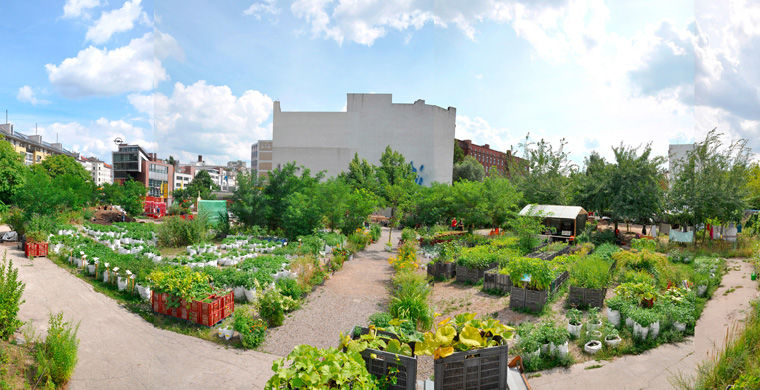
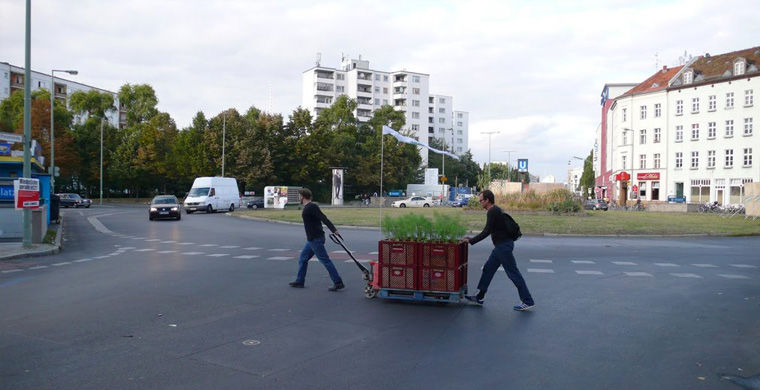
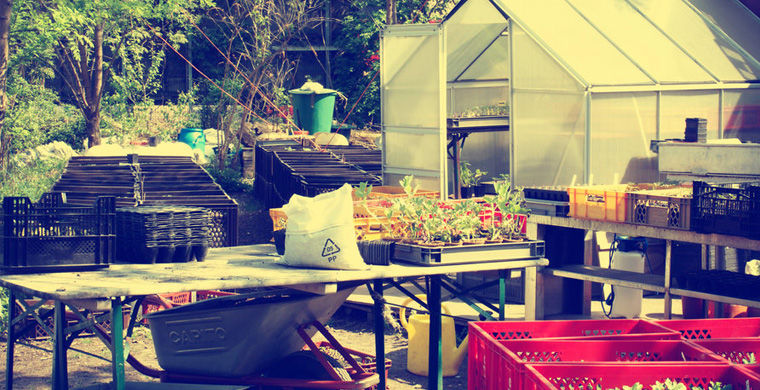
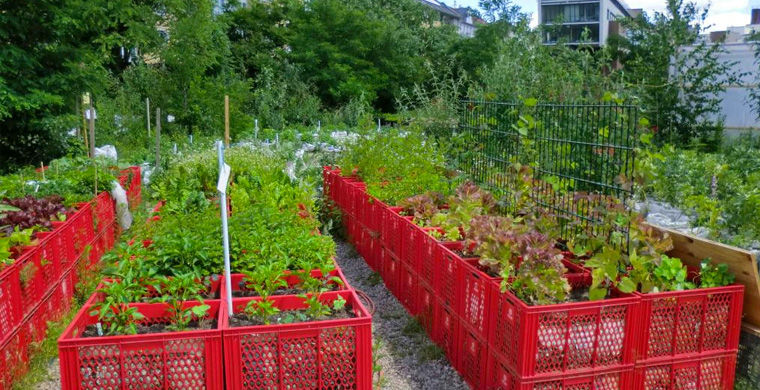

Principle: container garden on the waste land
The capital of Germany still affects the abundance of vacant lots, which simply could not attract no farmers. In 2009 this vacant lot in the Kreuzberg district two enthusiasts Mark Clausen and Robert Shaw started to turn into Prinzessinnengärten (Princess Gardens). This idea arose as a socio-educational project, rather than need for food. Thus, citizens can meet each other and enjoy growing organic vegetables. The princess gardens have become popular in Berlin since the first days, hundreds of volunteers came to clearing the vacant lot. Plastic containers adapted for beds; in the case of relocation beds can be transported to another place. This is because the vacant lot is in a short-term lease by the city. Now the garden is located on 6000 m2, the activists grow a variety of plants for example Japanese grass or 16 varieties of potatoes. There is a cafe in the "Princess Gardens" where you can try their products and drink coffee. "Princess Gardens" depend on donations of citizens and self-earned money.
New York: Brooklyn Farm
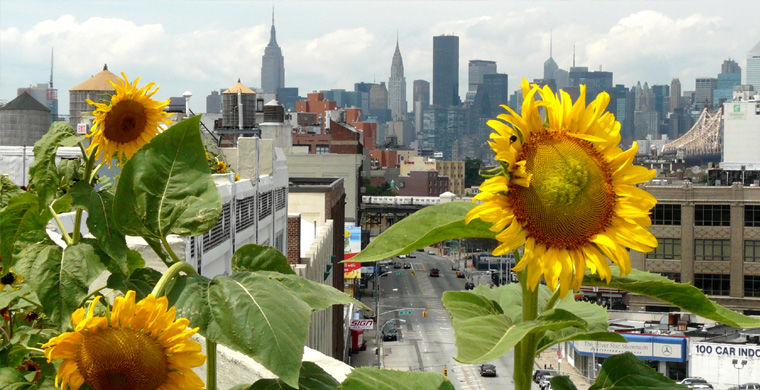
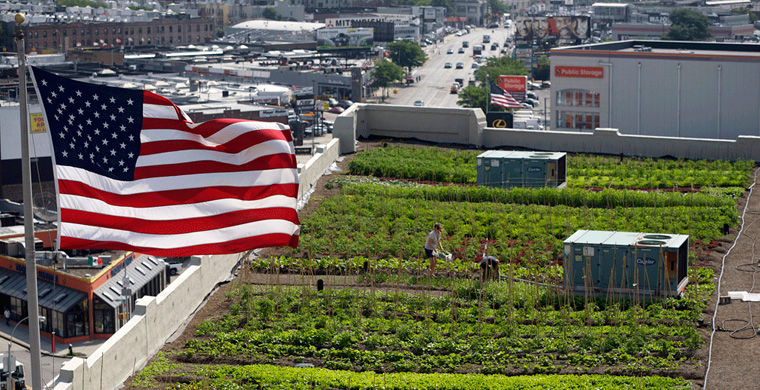

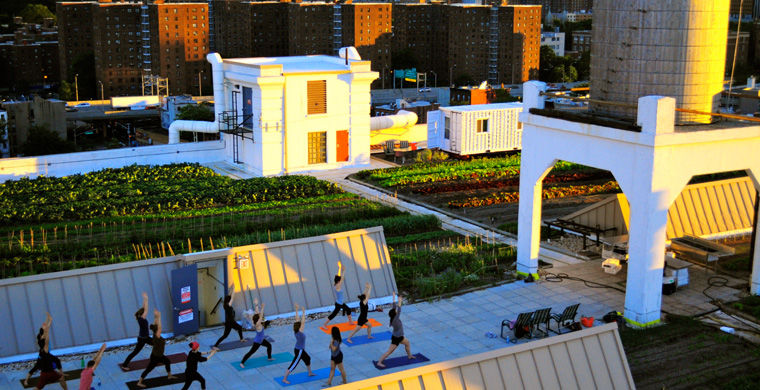
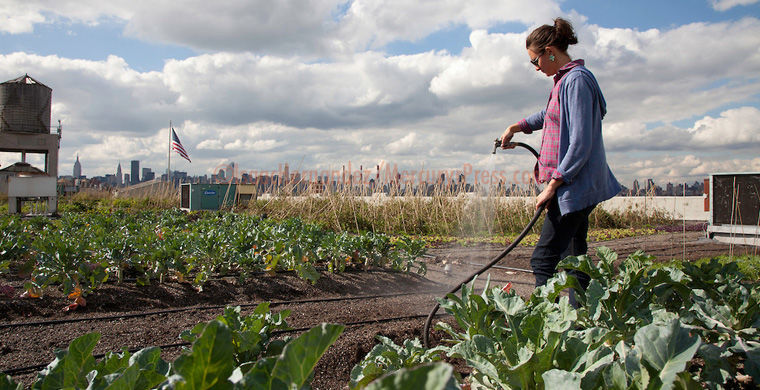
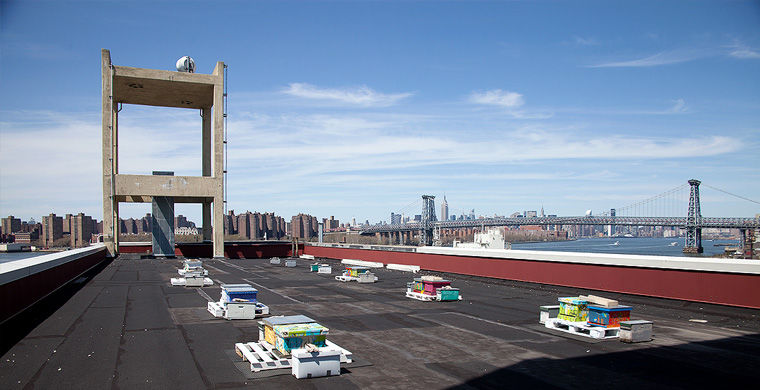
Principle: Farm on the Roof
The gardens are not uncommon in New York, — gardens exist on wasteland, in the middle of the parks and even on rooftops. Land in New York is very expensive, it is impossible to organize a large farm in the center of the city, but there are many green roofs. It is beneficial in economic terms: city authorities give tax breaks to those business centers that have greened their roof, because it increases the energy efficiency of buildings: in the summer, the office should be less cool with air-conditioning and in the winter it is less heat needed.
Besides saving money, the garden on the roof will help to earn them. For example, Ben Flaner the main farmer of Brooklyn Grange (Brooklyn Farm), has arranged a commercial farm size of about 11 000 m2, located on two roofs of former industrial buildings. The farm produces about 25 tons of organic greens per year, grows mushrooms and provides 30 hives. Products sold on the spot — on the first floor of the building.
London: Line for Land
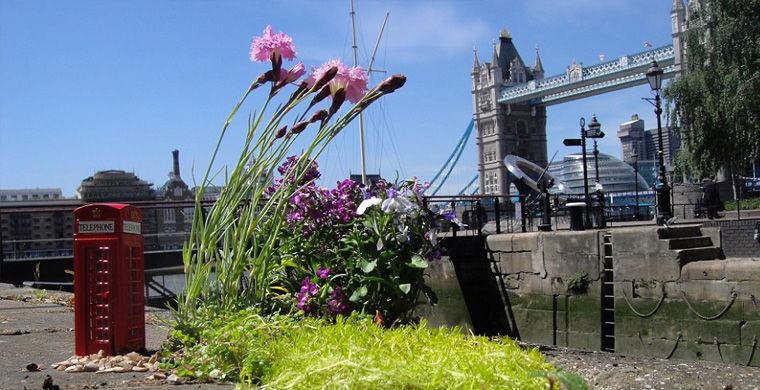
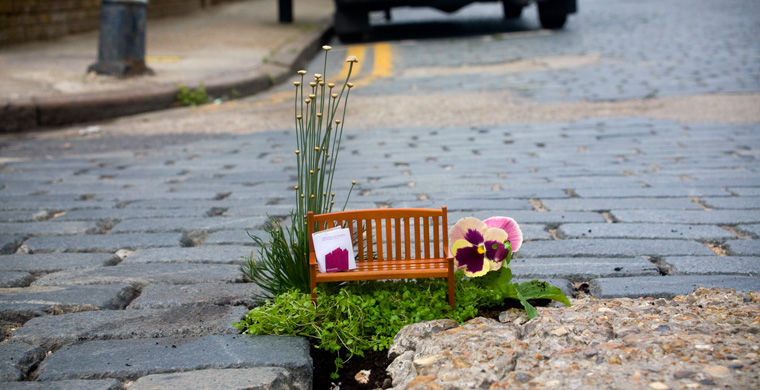



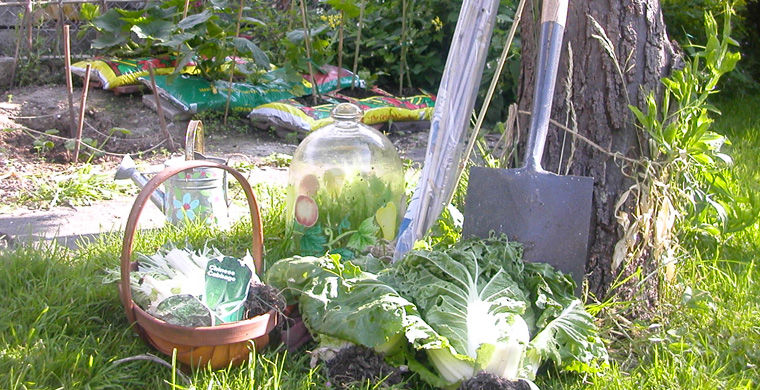
Principle: Municipal Gardens
There is the Vegetable Growers Association in London bringing together more than hundreds of public urban farms and garden associations. It started during the World War I when the city authorities gave a signal to residents to grow vegetables for food, and some Vegetable Growers Association has been preserved from those times. A similar program was conducted during the World War II — then municipal lands were distributed under the slogan "Dig for victory!" In the 1970s interest in gardening subsided, and much of the land was built up. However, with the arrival on store shelves of synthetic products interest in organic farming began to grow again. In 2004 in London was created a movement of enthusiasts called Guerilla Gardening, which simply seize land for vegetable gardens. In 2012, the ideologist of the urban gardening becomes mayor of London Boris Johnson with the Capital Growth program. The goal of the program was the creation of 2012 gardens in 2012 and according to the counter on the website they succeeded.
Now in London are formed lines for the lease of municipal land for a vegetable garden. Urban farms turned into tourist places, their addresses can be found even on the official tourism site of the city. Among them, for example, Mudchute Farm and Park, which offers a walk with a lama. Tourist can visit Vegetable Growers Association in open days that are held annually in June, or apply for volunteering at the Capital Growth program site.
Detroit: City Garden
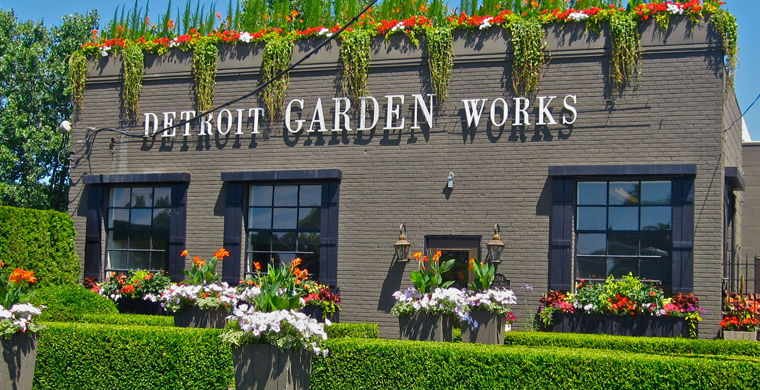
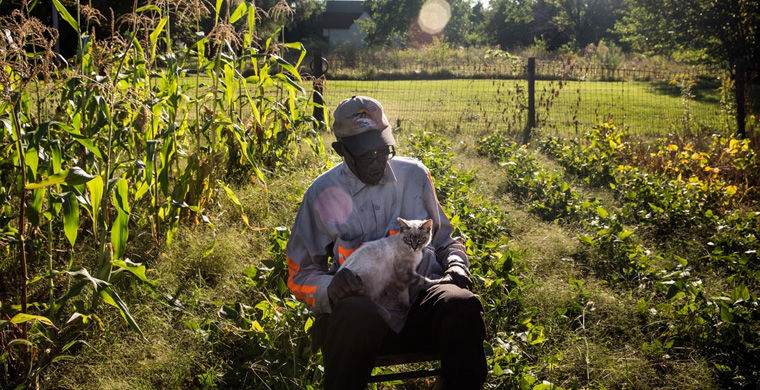
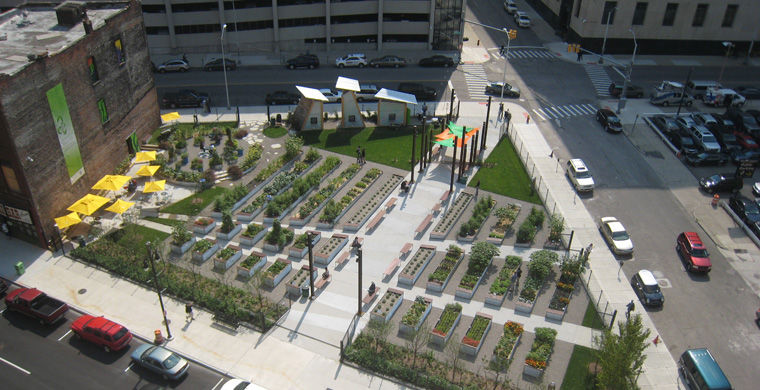
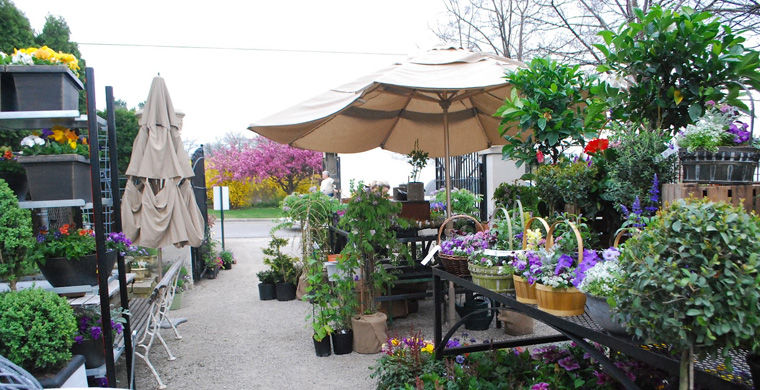
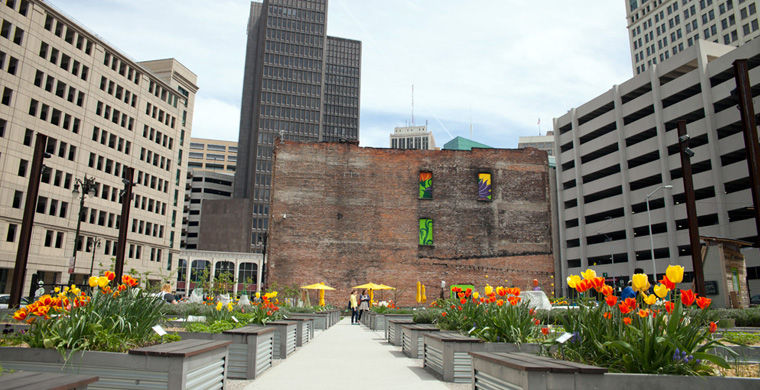
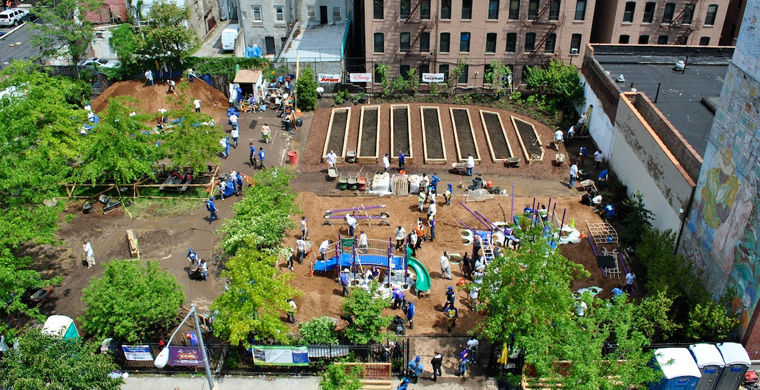
Principle: Squatting Food and Work for the Poor People
Once Detroit was the personification of the American dream: here was located the entire automotive industry of the country. Wide avenues, huge train station, theaters. The city developed under the slogan "Car in every garage!" But in the postwar decades in Detroit begins the degradation of the automotive industry, most factories are closed. Now the city's population is almost three times less than at the peak of its development. Most of the residents are low - income families who move here for low cost housing or just can't escape from "poverty trap".
Local residents began to use abandoned lands at the moment of crisis in the late twentieth century. In the 70's in Detroit was initiated the city program on distribution of seeds, and a new wave of gardening began in the 90s and continues to this day: local residents actively support non-profit organizations, occupy the place where once stood the house, build on them a greenhouse, grow chickens and even small livestock. District gardens not only provide food to the poor, but also create community, enhance security, give hope to the people for a better future. Aside from the public gardens, there are already appeared companies with a clear business plan which planning to develop thousands of hectares. Enthusiasts say that in the future in Detroit more than half of the food will be made by the city. Time will tell how realistic such an ambitious plan.
Paris: A vineyard in Montmartre

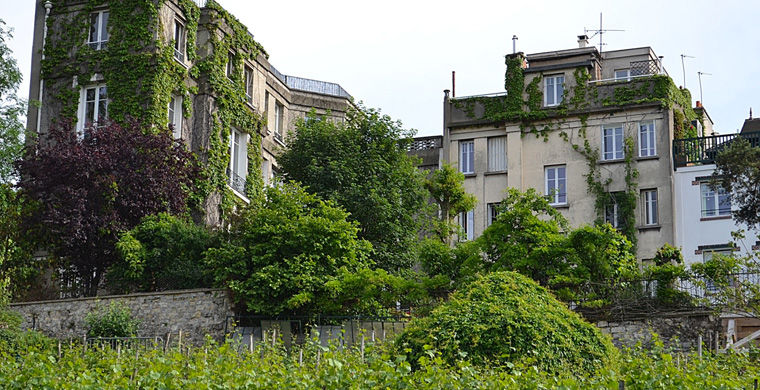
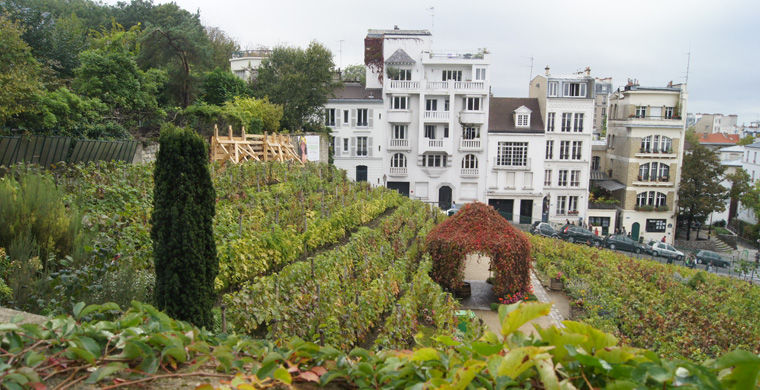
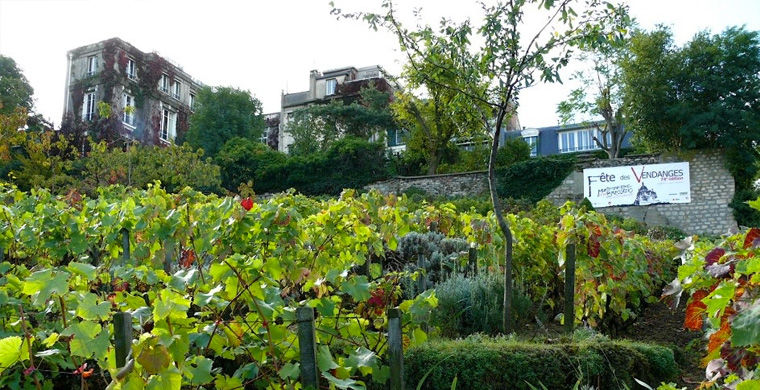

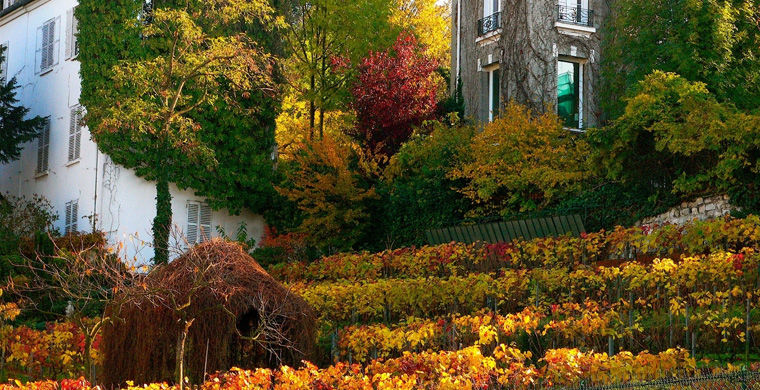
Principle: the thousand-year heritage in the middle of the capital
Montmartre attracts tourists for its huge Cathedral and the aura of creative places where artists live. Also on the Montmartre’s hill situated oldest vineyard, the first written mention of which dates back to the year 944. It was put here by the monks, they were owners until 1860. Until the seventeenth century the wine was produced for local needs, but soon it become popular due to its cheapness — the vineyards were close to the capital, but beyond its borders, allowing to avoid additional fees. In 1860, Montmartre and surrounding area becomes the 18th district of Paris, but its steep slopes are built up rather slowly. By 1928 the last vineyard was cut down, it was restore five years later under pressure from the "Old Montmartre" historical society. Two thousand vines were planted on the corner of Saint-Vincent and Saules on a plot size of 150 acres. Today the vineyard is caring by the La Commanderie du Clos Montmartre ("Clos" — the area of the vineyard enclosed by a wall). The harvest in September has become a real holiday for the French, where winemakers from different regions of the country are invited every year. Wine production is located in the basement of the town hall of the 18th district. In the year the vineyard yields from 500 to 600 liters of wine, which can be bought from €20 per bottle, the money from the sale go to the maintenance of the historic heritage of the district.
Group visits to the vineyard are carried out by prior arrangement.
Source: "My Planet" Club
(no votes) |
Для того, чтобы Вы могли оставить комментарий необходимо зарегистрироваться и авторизоваться на портале.
